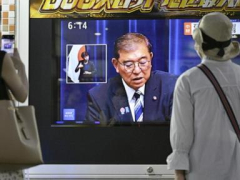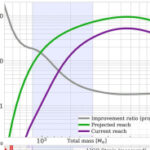TOKYO — The jockeying for a new prime minister began on Monday as outgoing Prime Minister Shigeru Ishiba’s beleaguered long-governing Liberal Democratic Party struggles to stay in office as Japan faces challenges such as U.S. tariffs, an increasingly assertive China and growing populism at home.
On Sunday, Ishiba announced that he would resign as head of the LDP and eventually prime minister to take responsibility for the historic loss in the summer parliamentary election, making way for his successor to be chosen in a party leadership race now expected in early October.
The party wrangling and Ishiba’s departure after just one year in office underscores Japan’s political uncertainty.
Ishiba’s resignation announcement Sunday aborted plans by the LDP to decide on whether to hold an early leadership election, which effectively would have been a no-confidence vote in him. The move by Ishiba paves the way for a leadership race, which is now expected on Oct. 4.
Party officials started discussing the upcoming race and were expected to finalize details Tuesday.
They have an option of either a “full-spec” vote that includes both LDP lawmakers and local rank-and-file representatives, as in the previous race, or a simplified vote without a broader membership of local chapters. Officials were reportedly considering the full version.
In order to enter the race, a candidate must collect nominations from 20 fellow LDP parliamentarians.
Toshimitsu Motegi, a centrist former foreign minister and LDP ex-secretary-general, was the first to raise his hand on Monday, saying he has decided to run “to de





